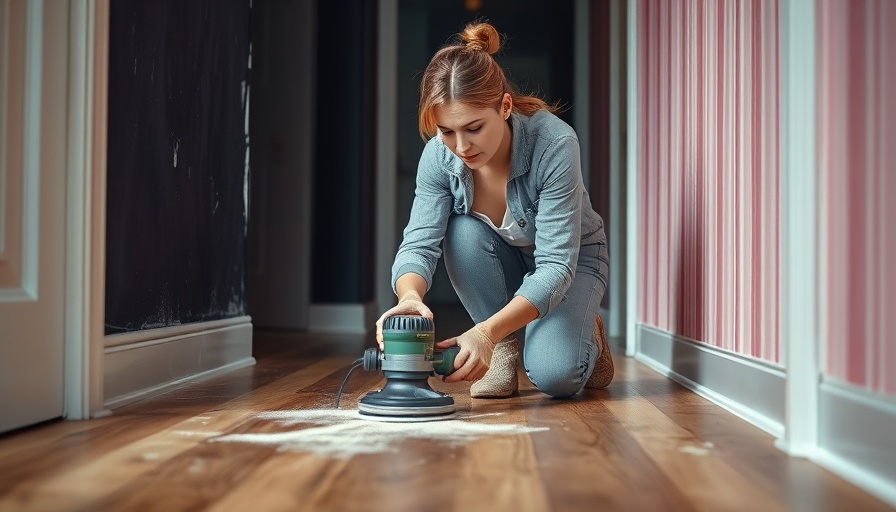
Understanding the Importance of Sanding between Coats
Sanding the polyurethaned floors before the final coat is a critical step that not only enhances the aesthetic appeal but also ensures a long-lasting finish. When you lightly sand between coats, you create a better texture for the polyurethane to grip onto, which ultimately leads to a smoother and more durable layer. This step can make all the difference in achieving an impeccable finish. The previous reference articles highlight that proper preparation, including sanding, is essential for a long-lasting floor finish. In fact, skipping this process can result in unsightly imperfections appearing over time.
Why Using the Right Tools Matters
The right tools can greatly influence the outcome of your floor finishing project. As discussed in the initial article, using quality sandpaper and brushes is vital. Oil-based polyurethane requires a specific type of application tool, and understanding the nuances of those tools could save you time and effort down the line. From rollers for large areas to fine brushes for detailed corners, each tool plays a significant role. The recommendations from Professional Coatings echo this point, emphasizing the value of using the correct tools for a professional finish.
The Benefits of Mixing Stain with Polyurethane
Emily shared her experience of mixing stain with polyurethane, particularly with hardwoods like red oak. The process not only adds depth and richness to the wood but enhances its natural beauty. The combination effectively evens out the grain and allows for a cohesive look throughout the flooring. When considering sustainability, water-based stains are now becoming more popular due to their reduced environmental impact and quicker drying times. Such modern preferences are reflected in the trends discussed by PolyMagic: eco-friendly options are gaining traction.
Future Trends in Floor Finishing
Looking ahead, the evolvement of floor coatings is becoming more integrated with sustainability and advanced technology. Eco-friendly coatings, such as low-VOC polyurethane options, are gaining popularity rather than their traditional counterparts due to health and environmental considerations. This is echoed in both reference articles that focus on innovative products aimed at reducing carbon footprints without compromising quality.
Common Myths About Floor Finishing
Many DIY enthusiasts may believe that only professionals can achieve a flawless finish. However, with the right knowledge and techniques, anyone can successfully prepare and finish their floors. Moreover, a common misconception is that all polyurethanes are the same. Understanding the differences between oil-based and water-based finishes can guide homeowners in making well-informed decisions based on their specific needs and applications.
Take Pride in Your DIY Project
Completing a floor finishing project is no small feat; it requires time, effort, and attention to detail. Once you understand the process, you’ll gain confidence in your capabilities. Remember, patience is key, and the satisfaction of seeing that first coat flawlessly applied makes the hard work worth it!
Call To Action: Whether you’re renovating your home or starting a new project, embrace the joy of DIY with confidence! Follow the tips shared here to create stunning floors that will stand the test of time. Happy finishing!
 Add Row
Add Row  Add
Add 




Write A Comment